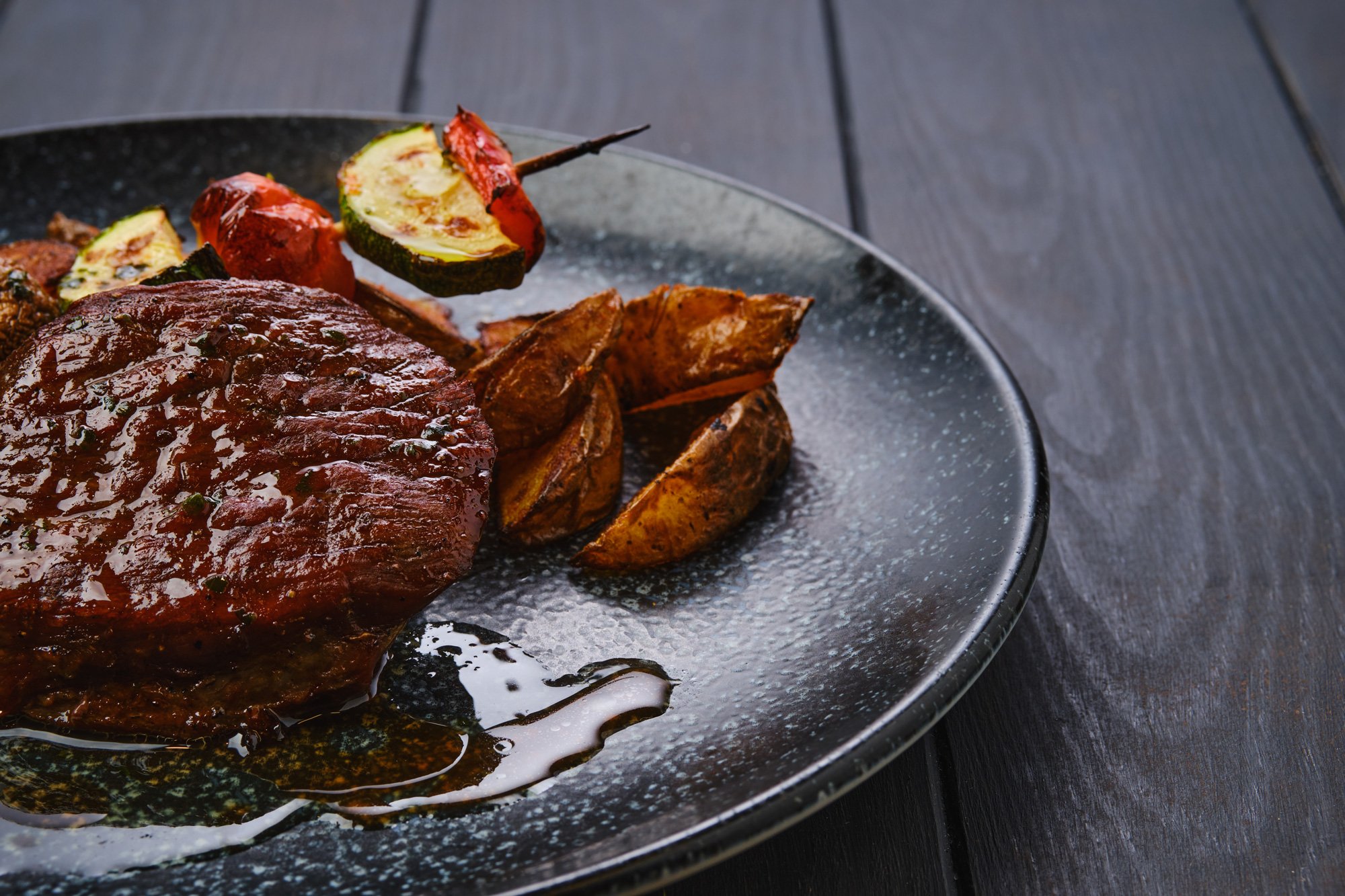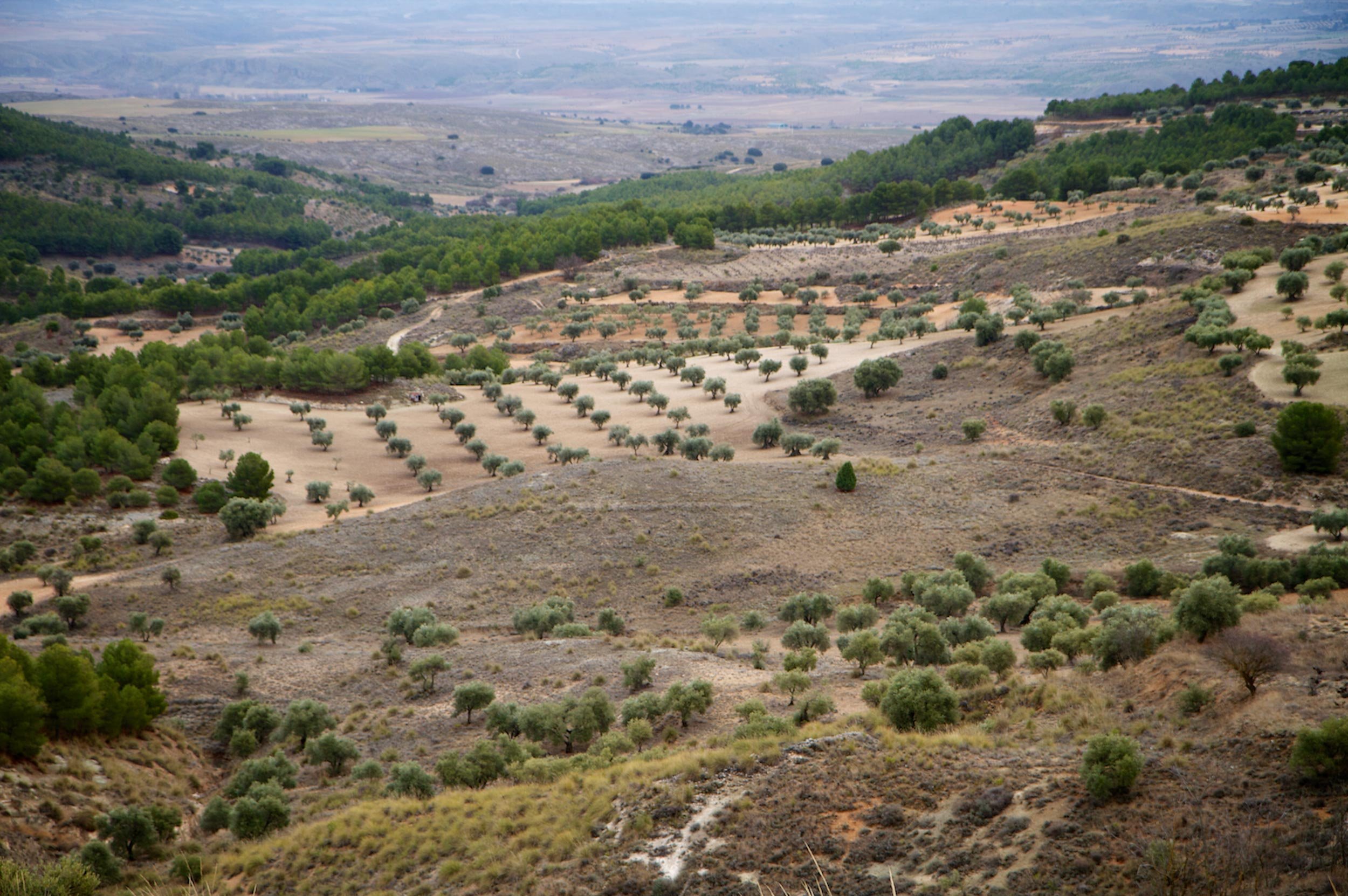Introduction to toque
The guitar has earned a leading role in flamenco in its own right.
The toque is the flamenco world's name for the act of playing the guitar. Today it seems impossible to imagine flamenco without the flamenco guitar, but its incorporation was late. The guitar, another of Spain's visual and sonorous icons, has been present in flamenco only since the mid-19th century, there are different expert opinions on the specific date, but there is unanimity on the century.
The songs "a palo seco" (or without instruments) are at the very origins of flamenco, much further back in time. The guitar, however, has been and has evolved a lot since its appearance, there is evidence of it in Ancient Egypt and also as its "zither" version in the Greco-Roman world. This double presence originates that it arrived in Spain by two ways, through the Roman Empire and with the Arab invasion. The differences in the instruments themselves, and also in the way they were played, came to merge in space and time within Spain.
The Café Ziryabone of our flamenco tablaos bears the name of Abul-l-Hasán Alí ibn Nafi who was called black bird (due to his dark complexion) or Ziryab. During the court of Abderramán II in the Cordoba of the IX century, Ziryab created a music conservatory in which Andalusian and oriental musical currents were studied. Ziryab, a poet and singer born in Badgad, is credited with bringing the Moorish guitar to the Iberian Peninsula.
The evolution of the instrument until it reached 6 strings in the 19th century would deserve several entries in this flamencopedia. UNESCO, in its declaration in which flamenco has been inscribed as Intangible Cultural Heritage of Humanity says:
"Flamenco guitar playing has long since transcended its primitive function of accompanying the singing."
UNESCO - Intangible Cultural Heritage - Flamenco
It should therefore be noted that it is from the nineteenth century when the flamenco guitar, as we know it today, accompanies the singing. Although really, and according to Manuel Ríos Ruiz, it is in the 20th century "when flamenco takes on its show business boom, which begins its commendable work: that of consolidating the structure of the styles".
We will know in this flamencopedia the techniques of the "tocaor" (or person who plays the flamenco guitar) very different from those of the classical guitar, which vary from the way of holding it, the incorporation of the "cejilla" or movable bridge that quickly modifies the tones emitted to adapt to the singer or the use of "falsetas", modifications or improvements incorporated by the tocaor to the original song, very historically due to the lack of musical training of the performer, which originates improvised or "free" versions in each performance. These improvised explosions of emotion are as intrinsic to flamenco as the singing itself.
We will also deal with the ways of playing the strings, the "punteados" and "rasgados". About this avalanche of different forms and styles that generate a sonorous universe, Georges Hilaire in his book "Initiation 'flamenco'" of 1954 declares that "the great originality in the guitar of flamenco music can be condensed in the fact that the melodic, harmonic and rhythmic elements of which it is made tend to cross for the benefit of a 'superior expression' that encompasses and enriches the others and that we could qualify as dynamism".
As can be seen, we have separated the toque from the accompaniment because the reality from the second half of the 20th century onwards is that the guitar has earned in its own right a leading place in flamenco. Far away are the origins in which the toque was a mere accompaniment. Today we can find flamenco guitarists as independent concert performers. Paco de Lucía, Ramón Montoya, Manolo Sanlúcar, Javier Molina or Patiño, are just some of the names highlighted by Luis López Ruiz in his "Guía de Flamenco" (Ed. AKAL).
You may be interested in...
Live Flamenco in the Tablaos of Madrid
Your event in a
Flamenco Tablao
Discover the World Heritage
in Madrid
Visit the Community
of Madrid




